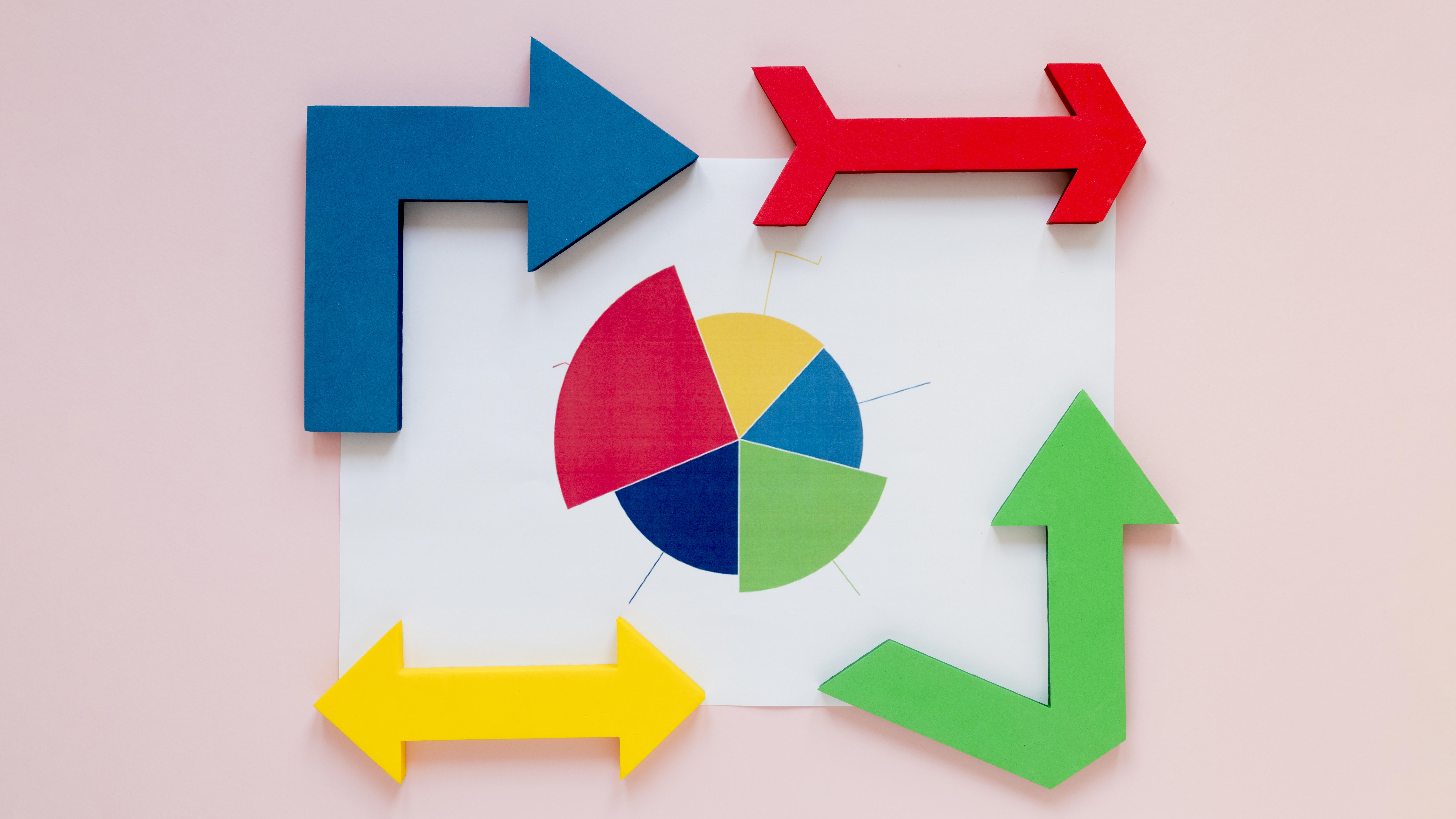When customers or investors start asking about how you manage information security, the conversation usually comes down to ISO 27001 vs SOC 2.
Both are heavyweight compliance frameworks, both help you prove you can protect sensitive information, and both can make or break big deals.
The tricky part? Figuring out which one your business actually needs first. You don’t necessarily have to tackle both at once (though plenty of companies eventually do).
Let’s break down the two frameworks, highlight the key differences, and help you decide whether ISO 27001, SOC 2—or both—are the right move for your organisation.
ISO 27001: The International Standard
ISO 27001 is the international standard for building an Information Security Management System (ISMS). It’s published by the International Organization for Standardisation (ISO) and the International Electrotechnical Commission (IEC).
Here’s what it involves:
- Establishing a formal information security management system.
- Running structured risk assessments to spot information security risks.
- Implementing security controls and security measures to protect sensitive information.
- Undergoing a formal certification process, starting with an initial certification audit and followed by annual surveillance audits.
ISO 27001 is strict. There are no shortcuts: you must meet comprehensive requirements across policies, processes, and controls. The goal is to safeguard data and manage information security risks across your entire organisation.
If your company is going after international clients, ISO 27001 certification will usually carry more weight than anything else.
SOC 2: The US Favourite
SOC 2 was developed by the American Institute of Certified Public Accountants (AICPA). It’s designed for service organisations that handle customer data—think SaaS providers, cloud services, and managed IT companies.
Key features:
- It’s an attestation report, not a certification. A licensed CPA firm or team of certified public accountants examines your system and reports on its design and operating effectiveness.
- It focuses on the five Trust Services Criteria: security, availability, processing integrity, confidentiality, and privacy.
- It’s most recognised in North America. If you’re targeting US enterprise clients, SOC 2 compliance is often the non-negotiable ticket to entry.
Unlike ISO 27001, SOC 2 offers flexibility. You don’t need to include all five Trust Services Criteria—you can choose the ones that make sense for your business. This makes SOC 2 more adaptable, but also less prescriptive.
ISO 27001 vs SOC 2 Differences: The Key Points
So, what are the key differences between ISO 27001 and SOC 2?
- Certification vs Attestation: ISO 27001 is a formal certification from an accredited body. SOC 2 is an attestation report issued by a licensed CPA firm.
- Scope: ISO 27001 requires a full ISMS and covers the organisation’s security posture end-to-end. SOC 2 focuses on the design and operating effectiveness of specific controls.
- Flexibility vs Strictness: ISO 27001 is strict with a fixed set of requirements. SOC 2 allows organisations to choose which Trust Services Criteria to include.
- Global vs Regional Recognition: ISO 27001 is an international standard used worldwide. SOC 2 is primarily a US compliance framework, popular with North American service organisations.
- Audit Process: ISO 27001 has a formal internal audit process, external certification audits, and annual surveillance audits. SOC 2 requires new audit periods for each report.
- Overlap: There’s roughly an 80% overlap between SOC 2 and ISO 27001 requirements. Many of the same security controls, risk management processes, and compliance frameworks apply.
In short: ISO 27001 = structure, rigour, and global recognition. SOC 2 = flexibility, customer-focused reports, and North American clout.
ISO 27001 and SOC 2 for Startups
Startups often panic here. Which one do you pick when you’re also trying to ship product, raise funding, and maybe get some sleep?
- US-focused SaaS? SOC 2 is usually faster to achieve, since it’s scoped around chosen Trust Services Criteria and easier to align with investor expectations.
- Global SaaS? ISO 27001 certification will open more international doors, particularly with enterprises outside the US.
- Want both? Many organisations eventually pursue both ISO 27001 and SOC 2 certifications, especially if they’re expanding into new markets. Because of the overlap, doing both frameworks strategically can save time and money.
The smart move is to set up one compliance framework that allows you to map controls across both standards. That way, the entire process feels less like duplication and more like efficiency.
The Compliance Process in Practice
ISO 27001
- Step 1: Define your ISMS and security objectives.
- Step 2: Perform a risk assessment to identify information security risks.
- Step 3: Implement and document security controls and internal controls.
- Step 4: Undergo an initial certification audit, followed by an external audit.
- Step 5: Maintain compliance through internal audits, ongoing monitoring, and annual surveillance audits.
SOC 2
- Step 1: Define audit scope and pick which Trust Services Criteria apply.
- Step 2: Assess your control environment and ensure controls are in place.
- Step 3: A licensed CPA firm tests the design and operating effectiveness of your controls.
- Step 4: Receive your attestation report, which can be Type I (point in time) or Type II (covering operating effectiveness over a period).
- Step 5: Repeat for ongoing compliance—each new audit cycle generates a new report.
The Benefits of Both ISO 27001 and SOC 2
Neither ISO 27001 nor SOC 2 is a legal requirement. But both demonstrate strong security practices and commitment to safeguarding data.
Benefits include:
- Protect customer data and sensitive information with proven frameworks.
- Show commitment to regulatory compliance and data protection.
- Build customer confidence and trust with international clients.
- Streamline your compliance process and avoid reinventing the wheel with every audit.
- Support business continuity and resilience planning.
Both frameworks act as a sales enabler: when prospects ask about security compliance, you can hand over a certification or attestation report instead of awkwardly mumbling about “best practices.”
Do You Need Both ISO 27001 and SOC 2?
Not right away. The decision depends on your market, your growth plans, and your customers.
- If your audience is mostly US-based enterprises, SOC 2 comes first.
- If you’re targeting global markets, ISO 27001 certification has the edge.
- If you want to build a truly comprehensive compliance standard, you’ll eventually want both SOC 2 and ISO 27001.
Many organisations strategically stagger the process: achieve SOC 2 first for speed, then pursue ISO 27001 once international expansion demands it. Others go for both ISO and SOC 2 simultaneously to save time, since the overlap is significant.
How Compliance Automation Helps
Here’s the unglamorous truth: whether it’s ISO 27001 vs SOC 2, both frameworks are painful if you try to manage them with spreadsheets.
You’ll be chasing colleagues for evidence, patching compliance gaps last-minute, and burning weekends running through checklists.
A compliance automation platform changes the game. With automation, you can:
- Map the same security controls across both frameworks.
- Run gap analysis and track progress in one dashboard.
- Automate evidence collection instead of screenshots at midnight.
- Support continuous monitoring and ongoing monitoring of control effectiveness.
- Simplify the entire process from risk management to audit readiness.
This isn’t just about passing audits—it’s about building a system that supports your organisation’s security posture long-term.
FAQ: ISO 27001 vs SOC 2
Is ISO 27001 or SOC 2 better?
Neither. ISO 27001 is stricter and globally recognised; SOC 2 is flexible and North America-focused. The best choice depends on your market.
What’s the overlap between SOC 2 and ISO 27001?
Around 80%. Both cover similar security standards, internal controls, and information security best practices.
Which takes longer?
ISO 27001 typically takes 6–12 months due to its comprehensive requirements. SOC 2 can be completed in 3–6 months, depending on your audit scope and control environment.
Do I need a CPA for SOC 2?
Yes. A SOC 2 attestation report must come from a licensed CPA firm.
Can Hicomply help?
Absolutely. Our compliance automation platform supports both frameworks, streamlining the audit process and helping you achieve compliance faster.
The Verdict
- ISO 27001: robust, globally recognised, built for international organisations.
- SOC 2: flexible, US-centric, built for service organisations handling customer data.
- Both SOC and ISO: a strong move if you want full coverage and future-proof security compliance.
The only wrong choice? Doing nothing and hoping no one notices your compliance gaps.
Next Step: Speak to a Consultant
Choosing between ISO 27001 vs SOC 2 doesn’t need to keep you awake at night. with Hicomply's compliance automation platform, you can streamline the entire process—from risk assessment to audit readiness—while cutting out repetitive manual work.
Whether you want to achieve certification, get your first attestation report, or map out a path to both, Hicomply makes the journey faster and less complex—book a demo today.






